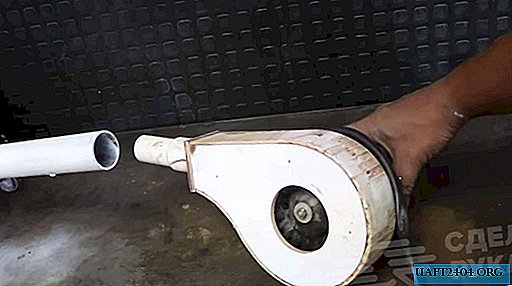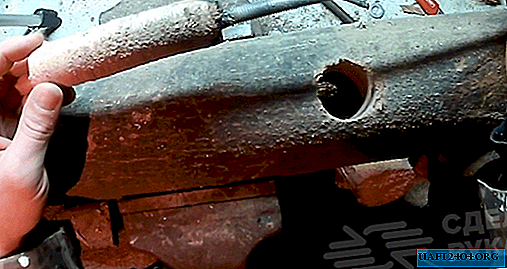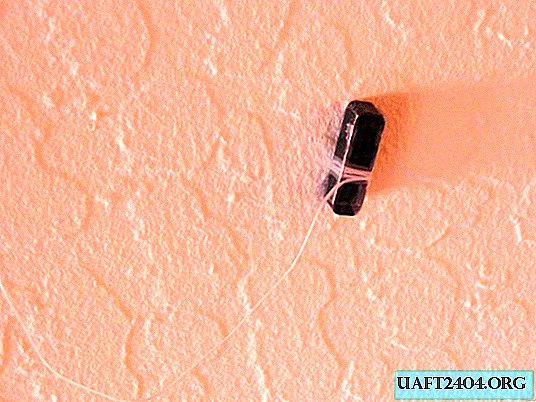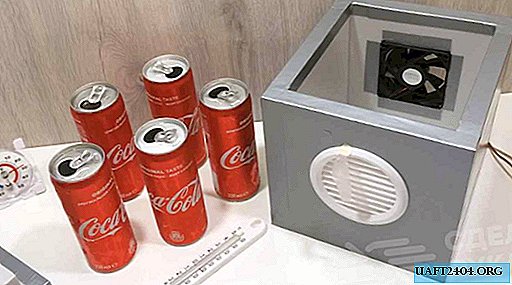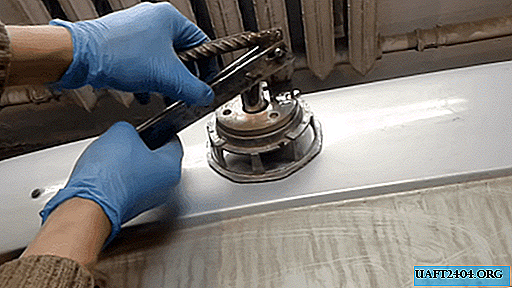Share
Pin
Tweet
Send
Share
Send
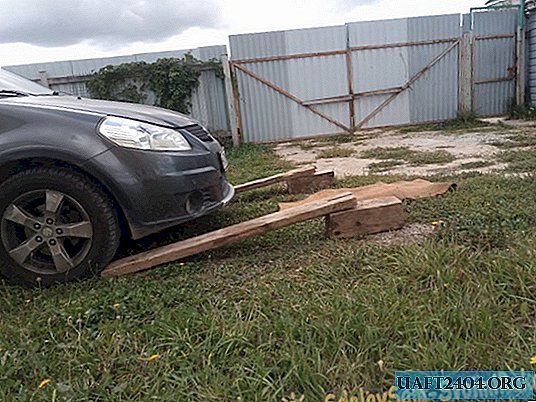
Reasons for changing oil myself
- The first reason: this is a significant saving of time, you need to go back and forth to the service, there may be a queue, you need to hand over the car, get it, sometimes it is inconvenient to go to the service by a dirty car, so you need to call in for a car wash first, and this is an additional cost and lost time. Despite the fact that the professionals themselves will probably do the work faster than I do, according to my estimates, the oil change in the service will take from one and a half to two hours. It took me forty minutes.
- The second reason: the cost of replacing the oil is saving money. The cost of changing the oil in the service at the moment is 800 - 1000 rubles. You don’t have to pay yourself, total net profit of 800 rubles, at least.
Step-by-step algorithm
And so we begin to change the engine oil. Since the previous oil change, our car has traveled ten thousand kilometers. At this point, you need to buy consumables: engine oil - an ordinary plastic canister with a capacity of four liters and the oil filter itself.
Stage One - Preparatory
We drive the car out of the garage, warm up the engine, for this we let the car idle for about ten minutes. This is necessary so that the oil heats up and easily flows out of the engine. Cold oil will be more viscous, it will flow slowly, a lot of old oil will remain on the walls of the crankcase. While the machine is warming up, we construct a flyover from two pieces of a wooden beam 150x150x400 and two boards 50x150x1200, as indicated in the photo.


We call in slowly and carefully on the boards to the top of our flyover.
Stage Two - Drain Old Waste Oil
While we were building the flyover, we called on it, the engine warmed up. We stop the engine. To get started, you need to take a bucket for used oil, a set of keys, a new oil filter, a special nozzle for removing the oil filter. I myself bought such a nozzle on Aliexpress for 150 rubles.

If it is not, then it does not matter. I used to twist and twist oil filters without it using interchangeable pliers.
We climb under the car, twist four bolts that secure the crankcase. Then gently unscrew the oil drain bolt.

As soon as we unscrew this bolt, oil will pour out of the engine, we’ll hold a bucket for working out nearby and substitute it under a stream of oil.

After that, we unscrew the old filter, for this we collect a special key.


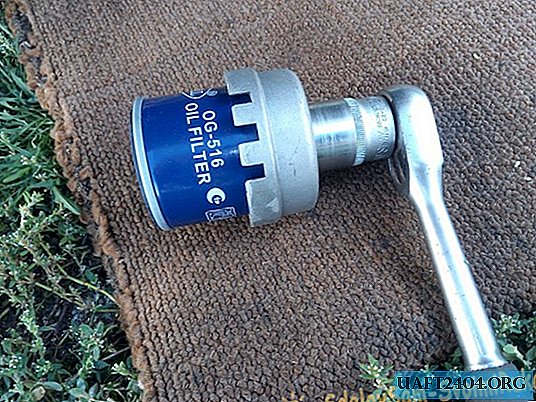
When unscrewing the filter, a little oil will also pour out from there - be careful.
Stage Three - New Oil Fill
Now that we have all taken apart, the oil has been drained, we need to restore the car’s performance. To do this, take a new oil filter, remove protective films, seals, etc. We lubricate the gasket at the filter mounting point with waste oil.

I doubt the appropriateness of this procedure for lubricating the gasket with old oil, but all auto mechanics did this when I changed oil in the service when I was young. I also do this, just in case, it is necessary. Next, we twist the oil drain bolt into place.

We wrap a new oil filter in its place.

Now install the crankcase in place. After that, we get out from under the car completely. We remove from the engine everything that could remain there: a working bucket, keys, an old filter, a rug, etc.
Finally, you can work to its full height: open the hood of the car, find the oil filler cap, unscrew it.

From the old oil canister we cut out a special funnel that will help us gently, without spilling oil past the oil filler hole, pour oil into the engine.


Now we take new oil, we turn off a cover, we tear off seals, and we pour the necessary amount of oil in the engine. If your engine is less than 1.8 - 2.0 liters, then most likely you don’t need to pour the entire can there. When pouring oil, it is necessary to check the oil level in the engine with a special dipstick. Oil should be poured just below the maximum level.

No need to pour more; the engine is not good for it.
Conclusion
Well, that's all. We twist the oil filler cap, close the hood, move out and overpasses, disassemble all temporary structures: the machine is ready for operation. Do I need flushing oil? If you do not change the brand of oil being poured, then not necessarily. If changing, it is better to rinse with flushing oil. To do this, after draining the oil, without removing the old filter, you need to fill in the flushing oil, let the engine idle for ten minutes on this oil, drain it. Further, as I described above.
There is also a bonus in the form of waste oil for lean owners. I never throw it away or pour it out. Everything will come in handy on the farm. I use used oil if something needs to be lubricated somewhere - hinges, keys, bicycle chain, etc. Even with the help of mining, it is good to light a fire when in the spring I burn garbage in the area.
Share
Pin
Tweet
Send
Share
Send

